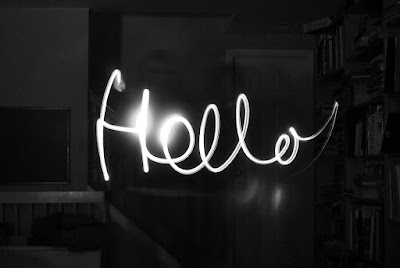
Following several months of busyness, I have finally begun to craft again. After reading (well, skimming) Alicia Paulson's book, Embroidery Companion, I was inspired to try my hand at an embroidery headband.


Though a headband is a small accessory, it was by no means a quick project. At least for an inexperienced embroiderer like myself. In the end, the headband turned out much better than I anticipated. I did, however, somewhat alter the original pattern. Obviously the colors are different, but I also changed the style of the flowers.

The most difficult part was finding 'decorative elastic' for the ends of the headband. Having no idea what decorative elastic was did not particularly make my search easy. Finally ended up buying some gorgeous shimmery, blue-green, fold-over elastic from Etsy, and whip stitching it to both ends.


I've also been attempting to make some embroidery bracelets using the same type of elastic. More on that later.













